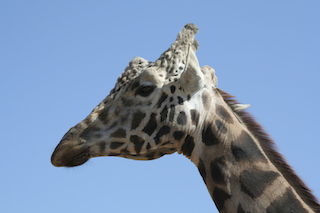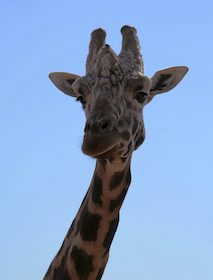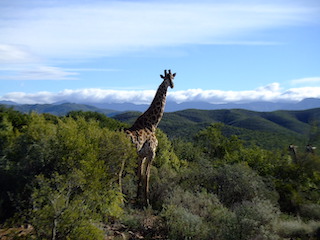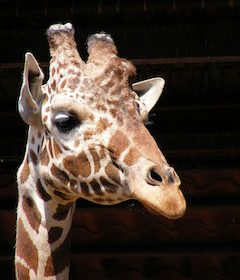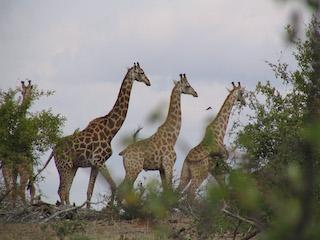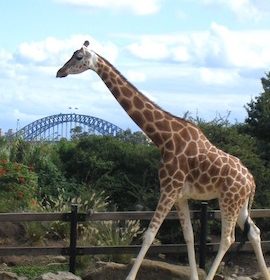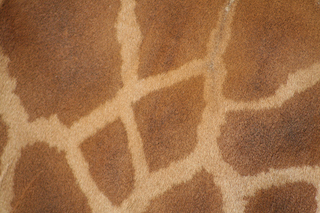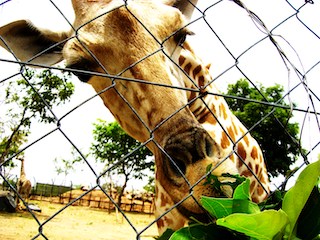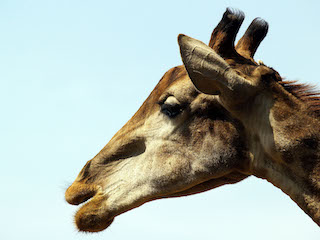Giraffes, with their towering necks, graceful movements, and distinctive spotted coats, are one of Africa’s most iconic animals. In this in-depth article, we explore the cultural, spiritual, and symbolic importance of giraffes in African societies, shedding light on their role in indigenous beliefs, African mythology, and the broader African worldview.
Giraffe
A clairvoyant, has the ability to perceive beyond ordinary perception and can interpret giraffe dreams in various ways, providing insights that go beyond. This article delves into the various ways a clairvoyant might interpret giraffe dreams, highlighting the meanings, spiritual messages, and personal growth themes associated with these majestic creatures.
Totem is symbolic representation of animals that guide our lives. It is an integral part of indigenous cultures and spiritual practices. In this article, we explore the mysterious significance of the giraffe totem, the qualities it represents, and how you can connect with its wisdom to enhance your own journey.
In this article, we will explore the 10 most frequently asked questions about giraffes, uncovering interesting facts about their biology, behavior, and unique traits. We will also delve into how the behaviour of giraffes relates to psychological concepts like psychoticism, offering insights into the broader connection between humans and animals.
This in-depth autobiographic article details my incredible journey of finding psychics near me to interpret my recurring giraffe dreams, the life lessons I learned through the process, and the profound ways in which this experience changed my perspective on self-awareness, personal growth, and the nature of dreams and many more.
In this in-depth article, we will delve into the mysterious significance of giraffes within the realm of spirituality. We will explore their symbolism in different cultures, their connection to personal growth and our transformation, and how the giraffe’s energy can help guide us toward a more enlightened and balanced life.
Mediums, who are gifted with the ability to communicate with spirits or interpret spiritual messages, can decode the symbolism of giraffes in both waking life and in dreams. We explore the symbolism of giraffes, their meaning across different cultures and traditions, and how mediums can help you interpret their significance.
A medium can communicate with higher realms or energies and can help interpret dreams. In this article, we will explore the various meanings of giraffe dreams, how they might be interpreted by a medium, and how you can connect with this symbolic animal to gain deeper insights into your life.
We explore the meaning of giraffe spirit animal and how it can offer guidance in different aspects of life. We will also delve into how a psychic interprets the presence of the giraffe as a spirit animal and how you can connect with its energy for personal growth and clarity.
We will explore giraffe symbolism in dreams and how psychics can provide deeper insight into the meaning behind encountering a giraffe, either in real life or within your dreamscape. We will dive into what giraffes represent, the interpretations they carry, and how psychics can help you decode these powerful messages.

